It’s Galaxy launch day again, and we’ve finally witnessed Samsung unveil their top-of-the-line Android handsets. In particular, the Galaxy S23 Ultra is the most feature-packed of the bunch, bringing a ton of hardware advancements (albeit an all-too familiar design) as well as performance improvements.
DEAL: Save up to $1000 on the Galaxy S23 Ultra!
With that said however, the S23 Ultra isn’t the only powerhouse phone out there – the Google Pixel 7 Pro isn’t exactly a pushover, and as such it’s got some impressive tricks of its own. If you’re in the market for a new and fancy Android flagship with some proper bells and whistles, then you’ll want to check out this little comparison we’ve got in store for you – let’s get started!
Design and Display
![]()
In terms of display quality, there’s a bit of resemblance between both phones as each device comes with a large curved AMOLED display with 120Hz refresh rates. The S23 Ultra has a slight advantage in size though, coming in at 6.8-inches vs the Pixel 7 Pro which “only” has a 6.7-inch display. They’re pretty much neck-and-neck, although notable differences like the 1750 nit brightness on Ultra versus the 1000 nits on the Pixel are still something to take into consideration.
As for external design, both phones borrow heavily from their predecessors, with the Galaxy S23 Ultra outright reusing virtually every design aspect of the S22 Ultra. The same can be said for the 7 Pro, which still maintains the new signature Pixel design first seen on the Pixel 6 devices.
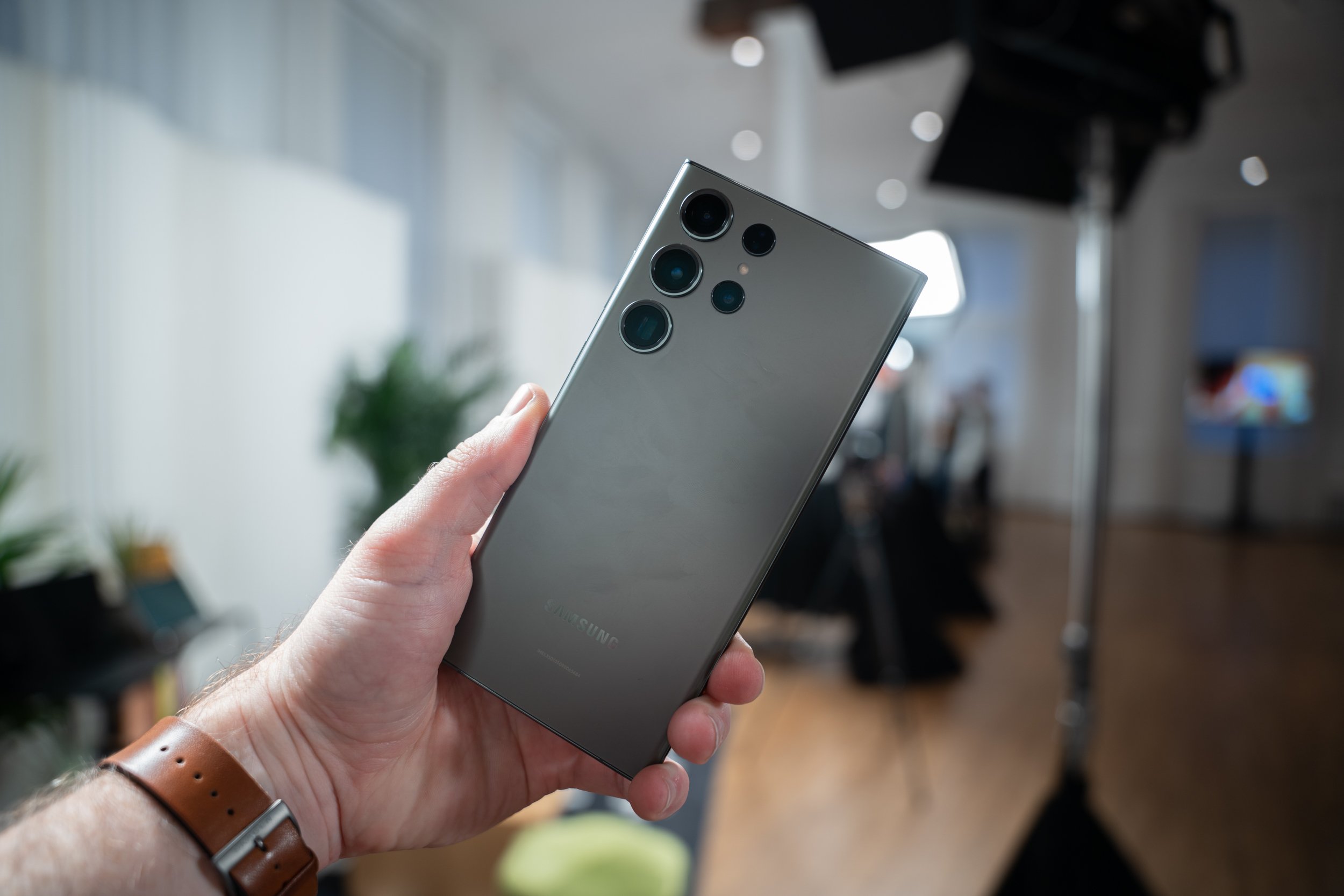
The S23 Ultra does feature a more matte finish though as opposed to the glossy design on the Pixel 7 Pro, and its chassis does come with a secret weapon inside – the S-Pen. This tiny tool adds a new layer of versatility and usability to how you can use your smartphone, and as such gives the S23 Ultra an edge over the Pixel 7 Pro – of course, this matters little if you’re not really one for styluses. But in general, for users after a device developed with an emphasis on portable productivity in mind should find a lot to love with the Ultra and its S-Pen.
Cameras
As for camera hardware, the phones both feature multiple camera set-ups. The Pixel 7 goes for a triple-array camera system at the back, which features a 50MP main sensor, accompanied by a 48MP telephoto lens, and a 12MP ultrawide sensor, which is joined by a 10.8MP front camera for selfies and video calls. The interface is also user-friendly, with more emphasis on point-and-shoot usage.

The S23 meanwhile comes with a featuring a 200MP main camera with Samsung’s ISOCELL HP2 sensor, a 12MP ultrawide lens, 10MP telephoto lens, a secondary 10MP periscope telephoto lens, and a 12MP selfie camera in front. Samsung’s ISOCELL technology also allows for improvements including better low-light performance, image stabilization when capturing moving subjects, and its camera app also offers a wider set of features that helps users customize how they want to use their camera. It’s a more in-depth experience, and allows for more freedom when shooting video or taking pictures as well.
Internals and Battery
As for processing power, Samsung has equipped the S23 Ultra with the Qualcomm Snapdragon 8 Gen 2 chip, which comes with new additions like ray tracing performance for mobile gaming, better thermals, and power efficiency. There’s also up to 12GB of RAM and 1TB of storage onboard, which to be honest comes close to what we see on a lot of modern laptops – an interesting comparison, as Samsung and Qualcomm both boast near-PC gaming performance on the new S23 phones.

The Pixel 7 Pro isn’t a pushover, though – the Google Tensor G2 chip is more than capable of providing smooth performance, whether in gaming or regular day-to-day tasks. It should be said however that Google has focused on improving the G2 from a software and AI standpoint, so benchmark scores will not be the most impressive out there. Simply put, there are more bells and whistles to be found on the 8 Gen 2.
Both phones come with 5,000 mAh batteries, although Samsung bests the Pixel by including 45W fast-charging support, which outpaces the 23W charging speed on the Pixel 7 Pro.
Pricing and Availability
As for cost, the Galaxy S23 Ultra currently goes for $1,199, which is considerably more expensive than the Pixel 7 that starts for just $899. Right off the bat, the 7 Pro is a much more affordable option, and you can even get it for cheaper given the right promos and deals. Samsung is currently running some deals on the S23 Ultra though, which evens things out a bit.
One consideration though is that the S23 Ultra is a lot easier to find, especially in a lot of regions where Google lacks any market reach. Buyers outside the Europe and US might opt for the S23 Ultra instead, given that it will most likely be readily available from most stores and carriers.
At the end of the day, both the Galaxy S23 Ultra and Pixel 7 Pro are powerful Android phones that cater to different users, and the addition of Samsung-exclusive features on the S23 Ultra do give it a serious edge over Google’s more modest handset, although it does come at a greater price. With that said, you can grab the S23 Ultra here, which gets you a storage upgrade ($100 value) + $150 in Samsung Credit.



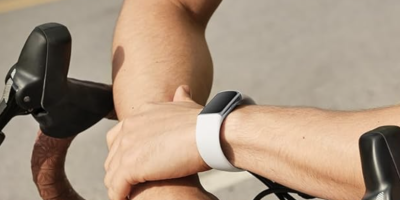
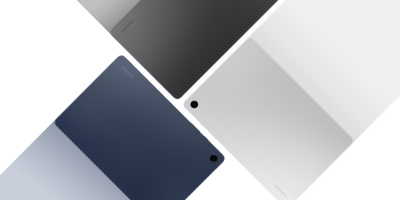
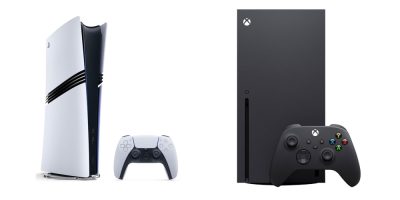


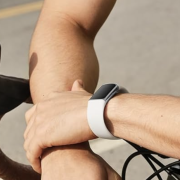
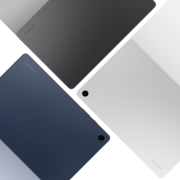

Comments